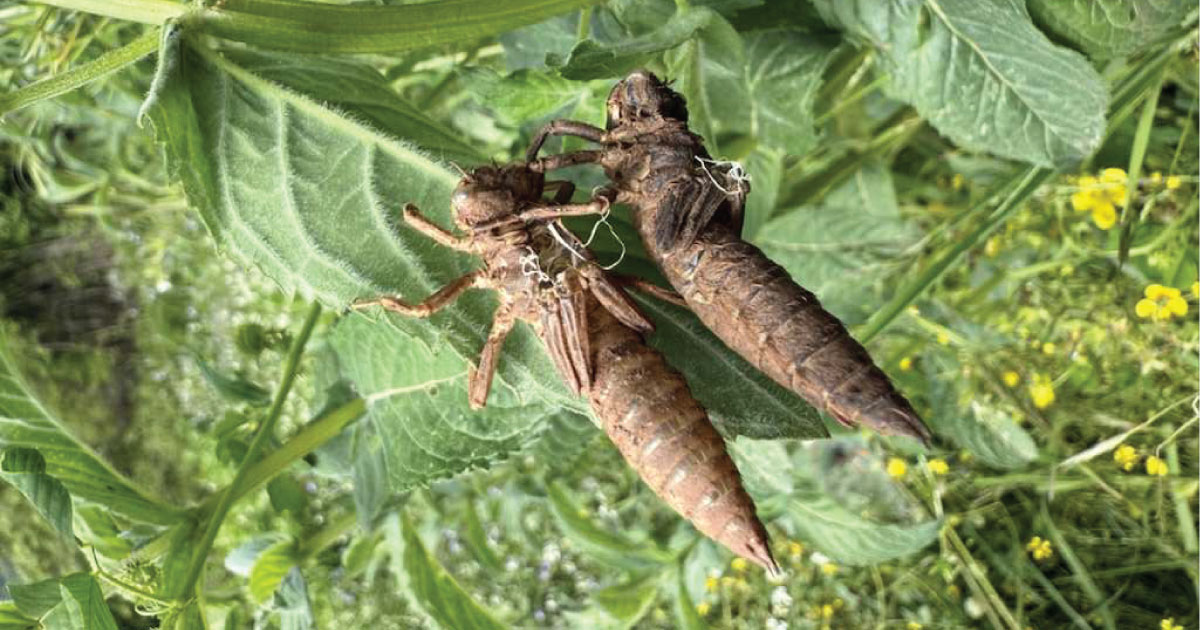Aquatic Insects: Ecology, Diversity and Conservation
A special issue of Insects (ISSN 2075-4450). This special issue belongs to the section "Insect Ecology, Diversity and Conservation".
Deadline for manuscript submissions: 30 November 2025 | Viewed by 4675

Special Issue Editor
Interests: aquatic insects; biodiversity; community ecology; Ephemeroptera; Odonata; Plecoptera; Megaloptera; wildlife conservation
Special Issues, Collections and Topics in MDPI journals
Special Issue Information
Dear Colleagues,
Inland waters, comprising various lotic and lentic habitats, contribute less than 1% of the total water in the biosphere, and yet they provide a habitat for 10% of currently known animal species. Aquatic insects represent the most abundant groups of freshwater animals, with around 100,000 extant species having been described. Most aquatic insects are merolimnic; i.e., they spend their immature stages in aquatic habitats, and adults inhabit terrestrial environments (e.g. mayflies, stoneflies, caddisflies, dragonflies and mosquitoes). Several groups spend their entire life cycle in freshwater (e.g., some water beetles and aquatic true bugs).
The wide range of functional roles played by aquatic insects differ based on their life stage, feeding strategies and habitat preference, but they have enormous ecological importance in both freshwater and terrestrial habitats. The important functional roles played by aquatic insects, which represent a huge biomass, include nutrient cycling (as detritivores and decomposers), primary consumers (both plant and microbial), and food webs (predators and prey). Some aquatic insects, such as mayflies, stoneflies, caddisflies and dragonflies, are particularly sensitive to morphological alterations and pollution in their habitats and are thus widely used in biomonitoring assessments.
Despite increased research efforts by freshwater ecologists, entomologists and molecular biologists over the last several decades, there are still large gaps in our knowledge of aquatic insects’ taxonomy, systematics, distribution, ecological requirements and conservation status. Therefore, this Special Issue invites submissions addressing all aspects of the diversity, ecology and conservation of aquatic insects.
Dr. Marina Vilenica
Guest Editor
Manuscript Submission Information
Manuscripts should be submitted online at www.mdpi.com by registering and logging in to this website. Once you are registered, click here to go to the submission form. Manuscripts can be submitted until the deadline. All submissions that pass pre-check are peer-reviewed. Accepted papers will be published continuously in the journal (as soon as accepted) and will be listed together on the special issue website. Research articles, review articles as well as short communications are invited. For planned papers, a title and short abstract (about 100 words) can be sent to the Editorial Office for announcement on this website.
Submitted manuscripts should not have been published previously, nor be under consideration for publication elsewhere (except conference proceedings papers). All manuscripts are thoroughly refereed through a single-blind peer-review process. A guide for authors and other relevant information for submission of manuscripts is available on the Instructions for Authors page. Insects is an international peer-reviewed open access monthly journal published by MDPI.
Please visit the Instructions for Authors page before submitting a manuscript. The Article Processing Charge (APC) for publication in this open access journal is 2600 CHF (Swiss Francs). Submitted papers should be well formatted and use good English. Authors may use MDPI's English editing service prior to publication or during author revisions.
Keywords
- community ecology
- conservation ecology
- taxonomy
- phylogenetics
- monitoring
- aquatic insects
Benefits of Publishing in a Special Issue
- Ease of navigation: Grouping papers by topic helps scholars navigate broad scope journals more efficiently.
- Greater discoverability: Special Issues support the reach and impact of scientific research. Articles in Special Issues are more discoverable and cited more frequently.
- Expansion of research network: Special Issues facilitate connections among authors, fostering scientific collaborations.
- External promotion: Articles in Special Issues are often promoted through the journal's social media, increasing their visibility.
- Reprint: MDPI Books provides the opportunity to republish successful Special Issues in book format, both online and in print.
Further information on MDPI's Special Issue policies can be found here.






